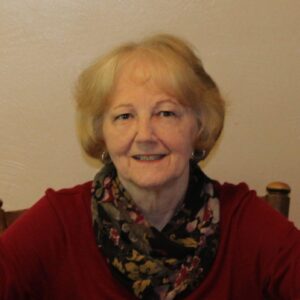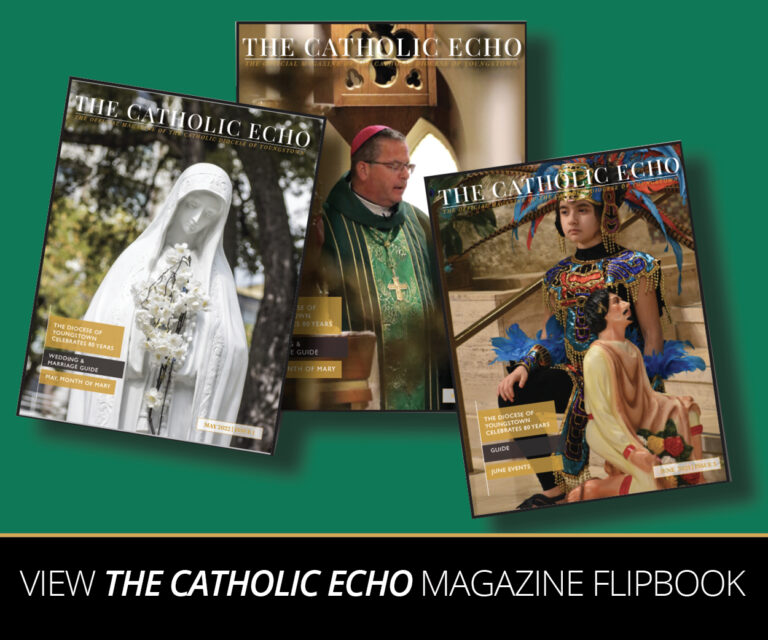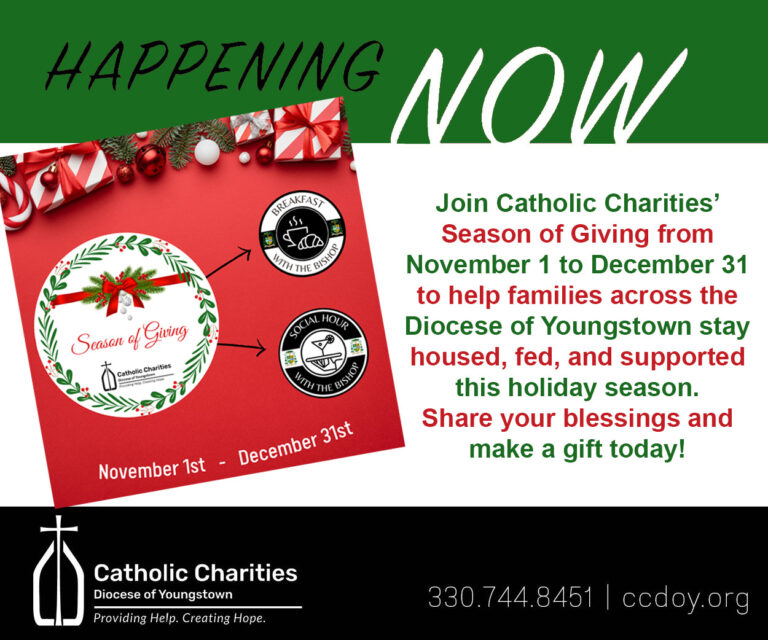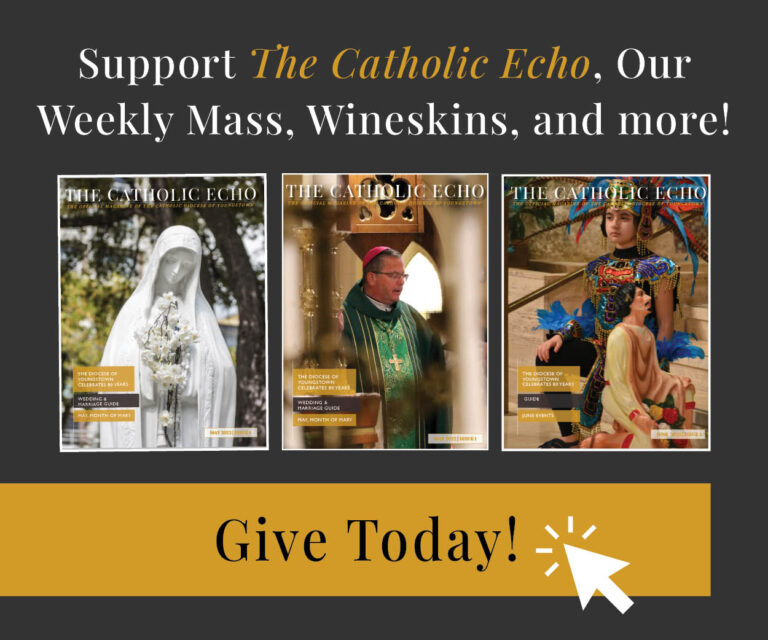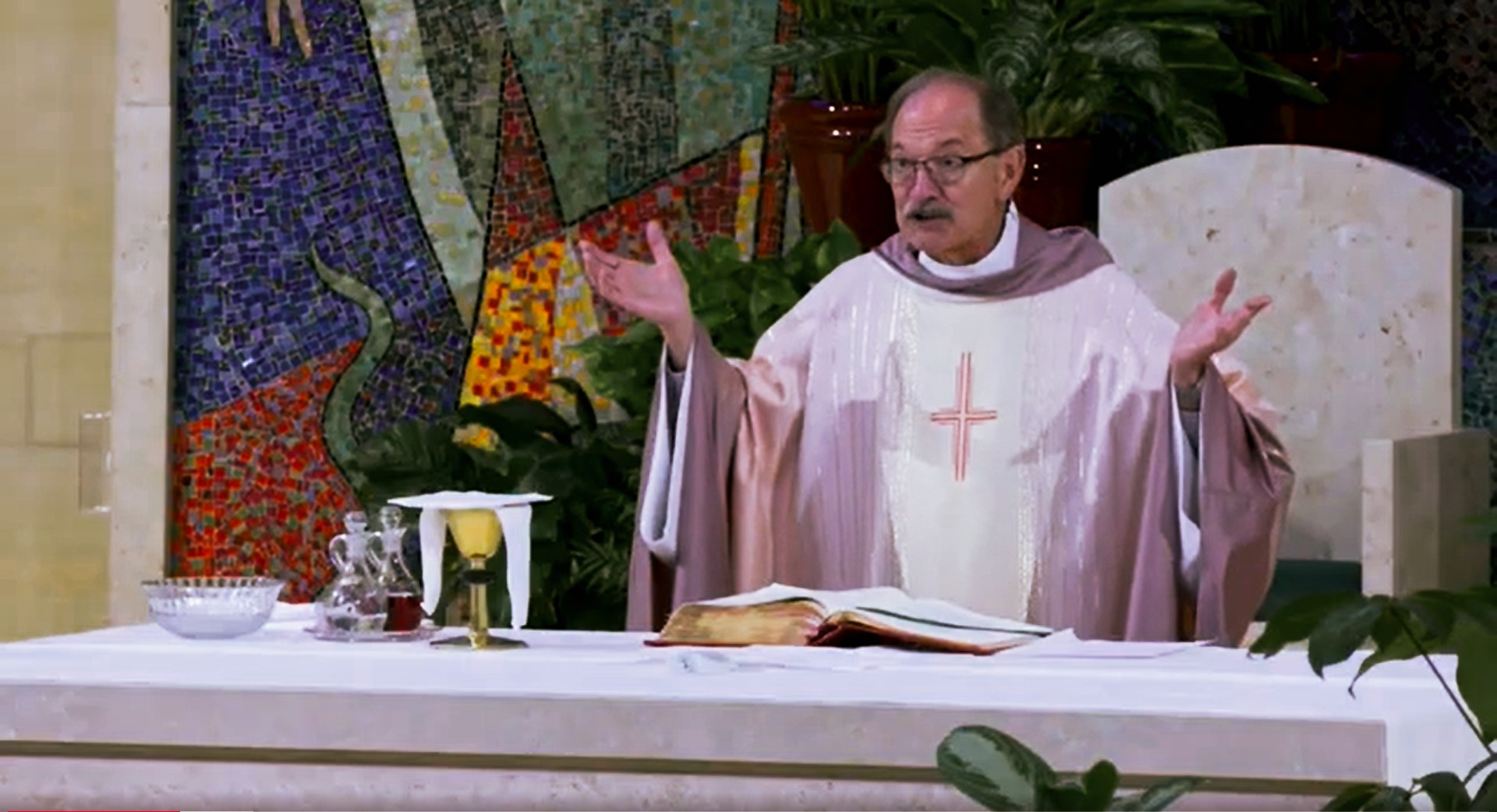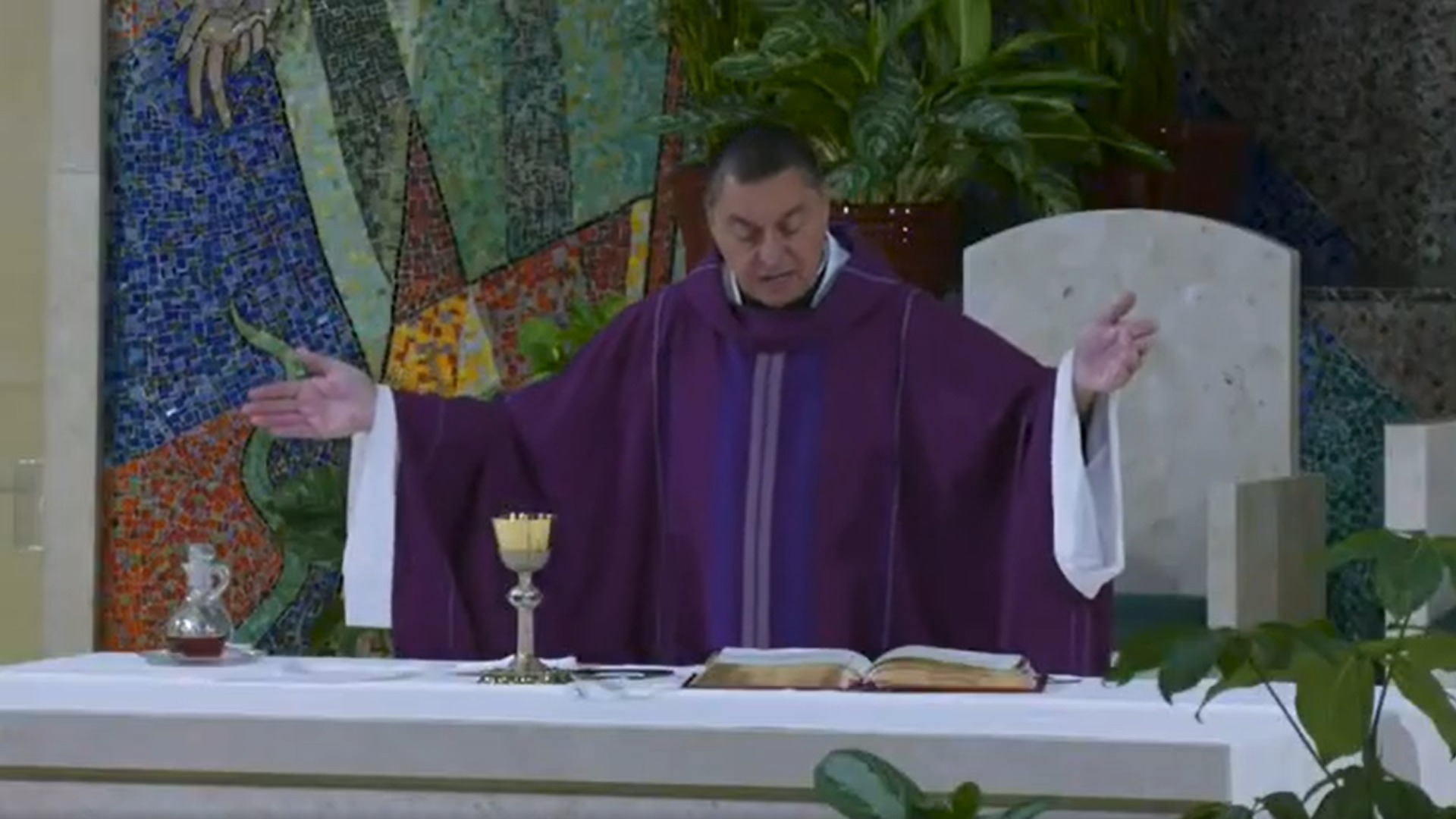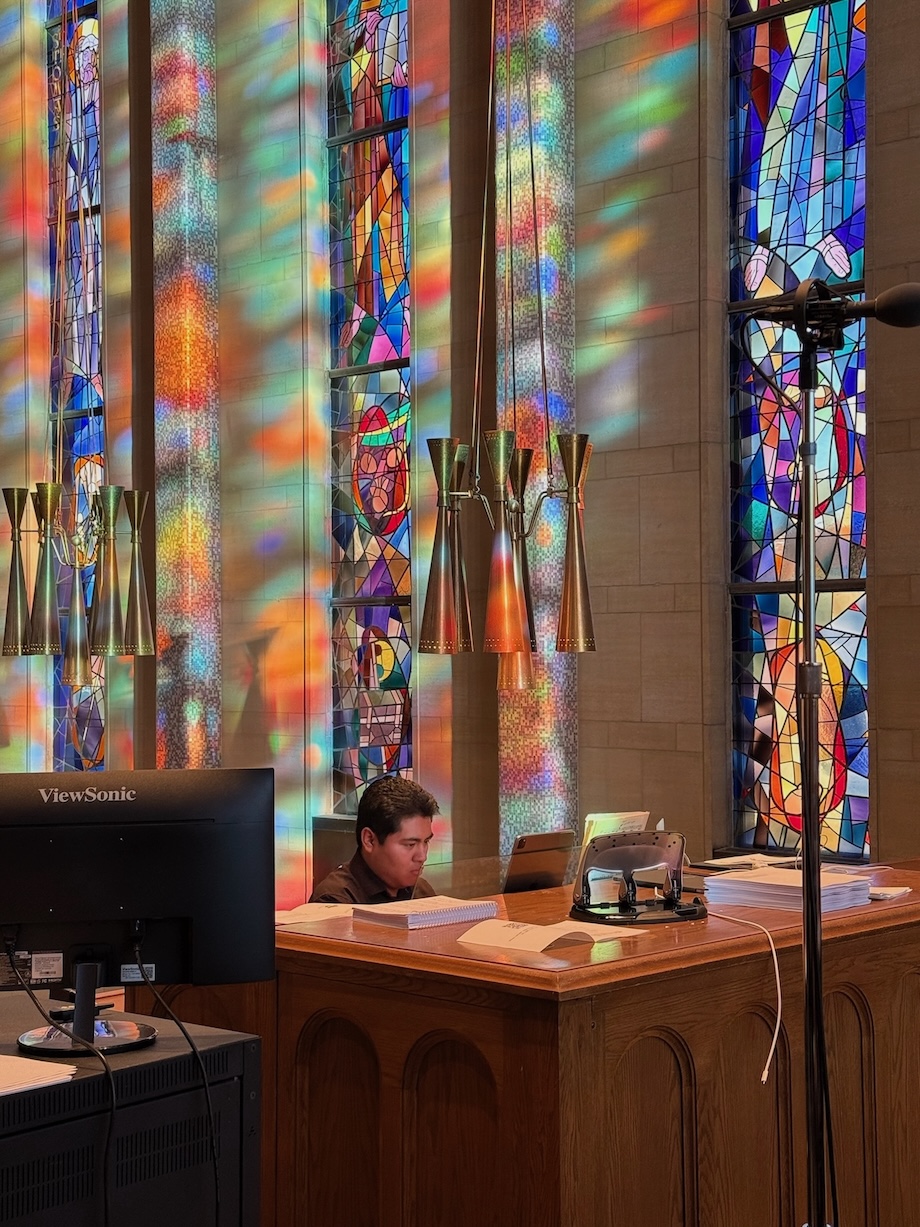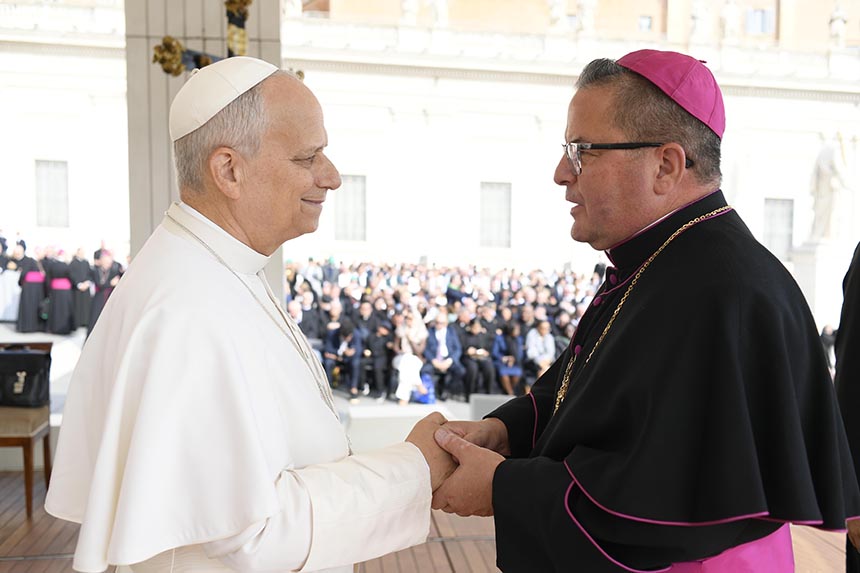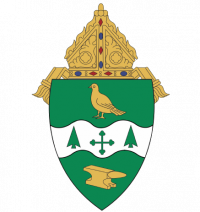
If you are a creature of habit, it can be hard to welcome change with open arms. Why leave your comfort zone if you don’t have to?
In the case of the Diocesan Pastoral Plan, however, change via regionalization is the catalyst for “growth, strength and vibrancy,” said Monsignor John Zuraw, J.C.L., Vicar General and pastor of St. Charles Borromeo and St. Luke parishes in Boardman. In the Diocese of Youngstown, “regionalization” is the term used to describe multiple parishes working together to share resources, programming and talents for the good of the greater Church. “When parishes begin to work together through regionalization, it gives people an opportunity to gather together and rediscover their faith,” he said.
Nick Perkoski, diocesan pastoral associate for the northern Ashtabula County parishes of Corpus Christi in Conneaut, Our Lady of Peace in Ashtabula, Assumption of the Blessed Virgin Mary in Geneva and St. Andrew Bobola in Sheffield, stated, “We all have resources, gifts and talents, and if we band together, we’re not lacking in any area.”
The diocese established “diocesan pastoral associates” to help lead ministry, business management and administrative efforts for groupings of parishes, as part of diocesan regionalization initiatives. Diocesan pastoral associates are appointed by the bishop and have proven to be effective in collaborating with overburdened pastors, taking on responsibility for many administrative and organizational duties for parish ministries, so that pastors can focus on being faith leaders.
The need for regionalization is three-fold. It is firstly due to the declining population in our region, followed by the shortage of priests and finally a diminishing participation of the Catholic population in parish life, according to Monsignor Zuraw.

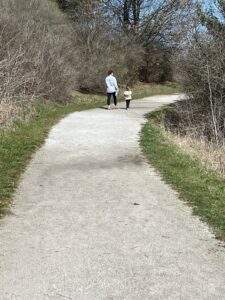
In approaching regionalization, the diocese first groups parishes together geographically. After consulting with pastors, they then explore possible collaborative efforts between parishes and develop strategies and goals. “There might be someone at one parish who is better at youth ministry, and that person can help collaborate our regional ministry. It’s working together, instead of being independent parishes trying to do our own thing,” Perkoski explained.
Bishop George V. Murry, S.J., promulgated the Diocesan Pastoral Plan on June 28, 2019. “Bishop Murry did conclude that change is necessary in order to improve,” said Monsignor Zuraw. “Bishop Bonnar is implementing the vision of Bishop Murry in regard to this regional approach. Bishop Bonnar especially does not want to give false hope to people that everything is going to remain the same.”
Father Chad Johnson, parochial vicar of St. Patrick Parish and University Parish Newman Center in Kent, said, “It’s hard to forego the way we’ve done Church before, but there’s something exciting, new and vibrant in how we can move forward [through regionalization] and be Church.”
Father Johnson, who contributed to many of the regionalization initiatives in Kent, will become parochial vicar of St. William Parish in Champion, St. Robert Bellarmine Parish in Cortland and St. Thomas the Apostle Parish in Vienna, effective July 1, 2023, in addition to his current responsibilities as diocesan vocations director. Reassigning clergy is also part of the regionalization conversation, as it helps relieve some of the strain of the priest shortage when a priest takes his talents to a new parish or grouping of parishes that could use the extra support.
For the past two years, one of the ways the Kent parishes worked toward regionalization was to focus on combining religious education classes. This year, the Parish School of Religion classes for seventh and eighth grades studied together for the first time. They hope to bring the sixth grades together next year.
The Kent parishes already had a tradition of combining with other Portage South parishes—Immaculate Conception Parish in Ravenna, St. Joseph Parish in Mogadore and St. Peter of the Fields in Rootstown—for youth ministry, Confirmation preparation and celebration of the sacrament. “It shows our students that the Church is much bigger than the individual parish. It’s trying to break out of the parochialism—not only for the faithful, but also for the clergy,” Father Johnson said.
Father Johnson was emboldened at “seeing how the students have come together, seeing the vibrancy of the wider Church, seeing a wider range of people share not just the doctrine of the Church but also share their own personal relationship with Christ.”
Sister Mary Alyce Koval, O.S.U., diocesan pastoral associate of St. Charles and St. Luke parishes in Boardman, said the regionalization started at St. Luke Parish in 2017. At that time, the parish did not have a resident pastor, so Sister Mary Alyce became what is now called a diocesan pastoral associate, and the church began working with other parishes to help fill that void.
Initially, St. Luke Parish was served by priests who were also assigned to St. Christine Parish in Youngstown, then Holy Family Parish in Poland, before the parish’s collaboration with St. Charles Parish began in 2022. This year, St. Luke Parish combined some activities with St. Charles Parish for Confirmation preparation and for youth ministry.
One collaborative youth ministry activity last year was a guided tour of Calvary Cemetery. “It was very informative, and it brought the kids together. These efforts are a way to connect students from different parishes who may not know each other, but go to [the public] school together,” said Sister Mary Alyce.
“Our children are our parish. We have to help people recognize that the Catholic Church is not just St. Luke’s. There are other churches doing the same thing and we’re all one Church. That’s the unity that I think we’re trying to establish,” Sister Mary Alyce commented.
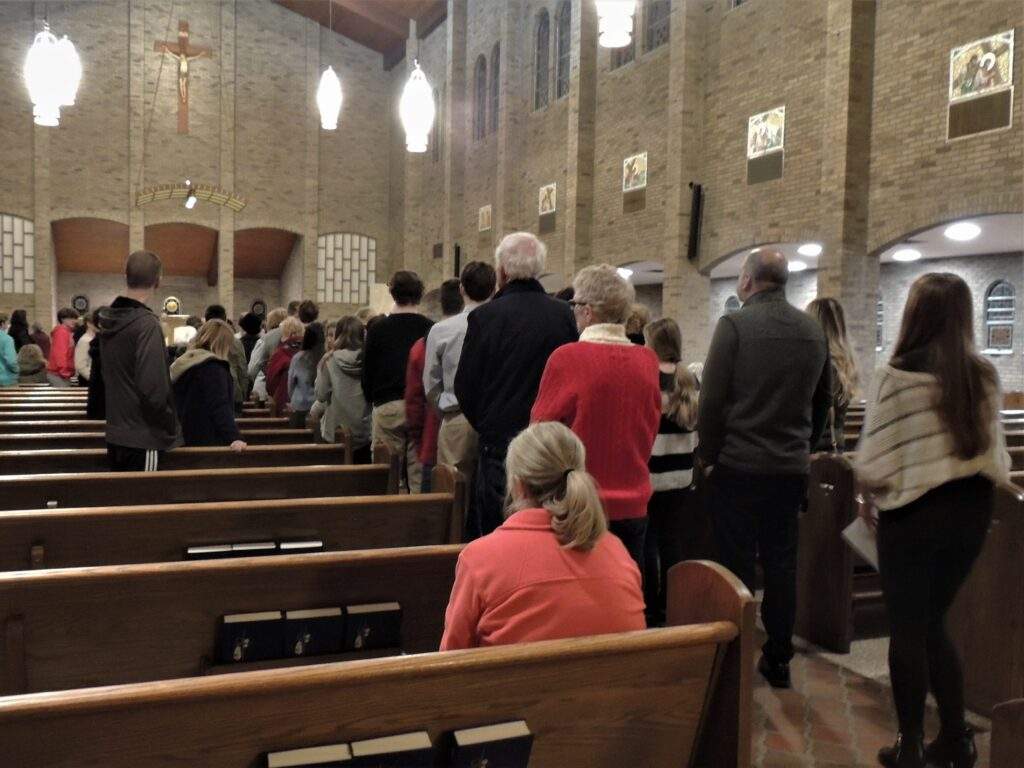
Noting the benefits of collaboration, Monsignor Zuraw said, “When every parish is doing their own little program and only a few people show up, they become very disheartened. If we share resources, such as a parish mission, more individuals attend.”
This has been true with the regional adult initiation efforts throughout the diocese as well. The process of adults entering the Church is often called the “RCIA”—and soon will be known as the “OCIA”—for “Order of Christian Initiation of Adults.” While parishes may have had 30 or 40 individuals enrolled each year in the past, now they may have a handful or fewer. “For the [Easter Vigil] rites, the individuals go back to their parish, but the formation of the RCIA is more communal in dimension. You have the resources of several parishes for the catechetical phase, so it doesn’t fall on one or two people,” Monsignor Zuraw stated.
That approach worked well for the Ashtabula parishes. “One of the ministries we’ve combined is the preparation for RCIA. We met twice a month at different parishes on a different topic. At each parish that hosted, the priest or deacon would be in charge that night,” noted Perkoski.
The Ashtabula region is also in discussion about combining CCD/religious education and youth ministry programs. Distance and weather have been challenges, though, in developing a common program—it is a 40-minute drive from Conneaut to Geneva, which can be difficult in the winter.
But the Ashtabula parishes continue sharing ideas and exploring options for the future. The directors of religious education in each parish meet monthly to share ideas and resources. “We’ve developed a good core group and we work well together,” said Perkoski, adding, “One minister felt somewhat alone in her parish because of distance. Sometimes our meetings are like a support group helping one another feel connected. That was an unexpected bonus of regionalization.”
Sister Mary Alyce also sees the need to strengthen the relationships between parishes. “The Church is built, not just on the relationship with the pastor and people, but on the relationship with each other. Our common bond is our relationship with Jesus.”
She noted that the Boardman parishes always welcome visitors at parish events—in particular, Bible studies and prayer groups. But she also mentioned that one of the challenges in building relationships is making people feel connected to the parish when they are physically unable to attend liturgies. For those parishioners, Sister Mary Alyce reaches out through phone calls and cards “to help them feel connected to the faith community and know what’s going on in the parish. One of my goals is to let people know there is a place for them here.”
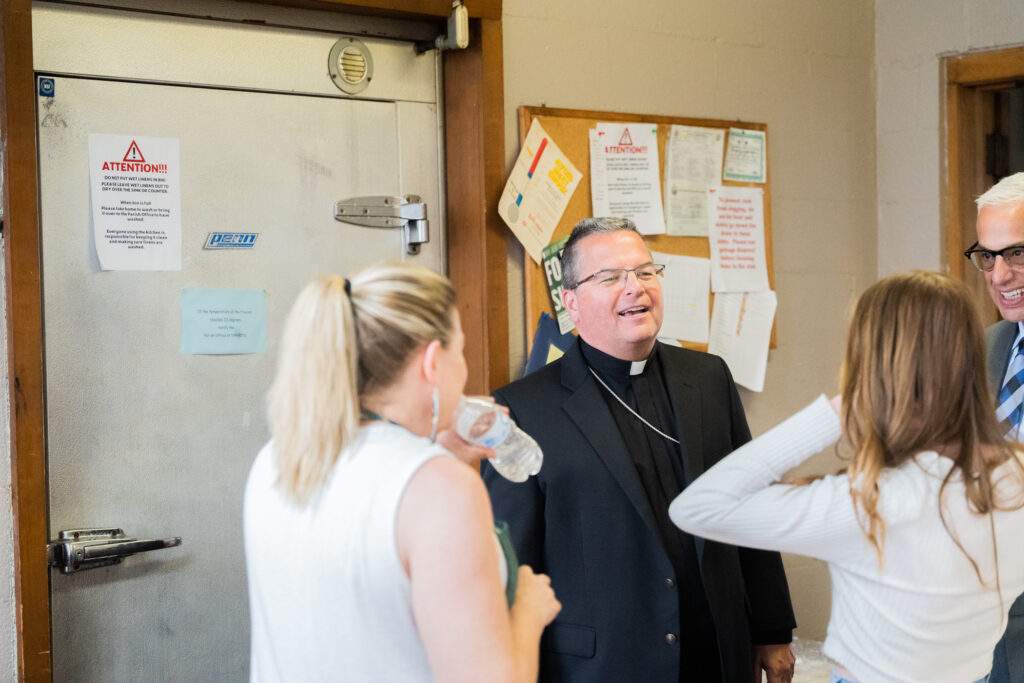
Along with combining resources and programs, regionalization can mean reassessing worship sites.
Father Frantisek Katrinak, who this May became pastor of the northern Portage County parishes of Our Lady of Perpetual Help in Aurora, St. Ambrose in Garrettsville, St. Joseph in Mantua and St. Joan of Arc in Streetsboro, was formerly pastor at St. Mary and St. Joseph Parish in Warren. During his time in Warren, regionalization meant merging Warren’s St. Mary and St. John Paul II parishes and creating St. Mary and St. Joseph Parish. After this merger, the new parish began to worship exclusively at St. Mary Church, and St. Joseph Church (which had been the Church for St. John Paul II Parish) was closed. “For some people, it is difficult to merge and see their church close. But people saw that it was necessary to merge, and they accepted it,” Father Katrinak said.
The merger began with two meetings at St. John Paul II Parish, to discuss the reasons for the change and possible solutions. Dwindling enrollment and lack of parish staff caused them to conclude St. John Paul II Parish was no longer sustainable on its own, though they made efforts to preserve the legacy of St. John Paul II Parish throughout the process.
Father Katrinak estimates about one-third of the St. John Paul II parishioners remained with the newly merged St. Mary and St. Joseph Parish, noting that, depending on where former St. John Paul II parishioners live, they may have chosen to join a closer parish. At the same time, Father Katrinak noted that new parishioners joined the parish as the regional plan for Warren continued to develop.
With Father Katrinak’s departure this past May for Portage County, Father Christopher Cicero, who was already pastor of Blessed Sacrament and St. Elizabeth Ann Seton parishes, also became pastor of St. Mary and St. Joseph Parish. This means that the same pastor now leads all three parishes in Warren, along with Father Ed Stafford as parochial vicar. This builds upon planning efforts during the past two years, which included the closure of not only St. Joseph Church (of St. John Paul II Parish), but also SS. Cyril and Methodius Church (of St. Elizabeth Ann Seton Parish).
A fire at Blessed Sacrament Parish in 2021 expedited the need for regionalization, as St. Elizabeth Ann Seton parish temporarily welcomed Blessed Sacrament’s displaced worshippers, hosting all Masses for the two parishes until restoration was completed at Blessed Sacrament the next year.
In the wake of the fire, Bishop Bonnar commended parishioners of those two parishes and pastor Father Cicero, for the ways they “looked beyond themselves and worked in collaboration for the good of the Church.” Bishop Bonnar added, “As we are faced with the reality of fewer priests to staff our churches, there is no other way than for us to work together in a spirit of sharing and communion. The Church is more than bricks and mortar. It is people uniting to proclaim the joy of the Gospel.”
Reflecting on his time fostering collaboration in Warren, and as he begins his new assignment in the four parishes of northern Portage County, Father Katrinak said, “We have more talents and skills now … We need flexibility if we are going to find good solutions for the future. Our mind has to be open for what God has in mind. We have so many possibilities to worship God, we just need to be flexible.”
Because each parish has its own personality, Father Johnson sees reflection as an essential tool to help to handle the bumps in the road. “When you move forward in a new process, it’s important to assess what worked, what could have been done better. There’s no roadmap on how to pursue this, but the opportunity offers a wide freedom to do this. It’s how faith is lived out in this particular portion of the Lord’s vineyard in Youngstown. The one faith of Jesus doesn’t change, but it’s about how we expand and build a more integrated, fuller and vibrant expression of the faith,” he explained.
Sister Mary Alyce is encouraged by the small steps she has seen faith communities take. “I have watched St. Luke’s grow into a stronger unity. It was strong to start with, but they have just amazed me with how connected and coherent things are within the parish—but welcoming to others as well.”
Monsignor Zuraw’s hope for the future is that diocesan parishioners will move forward. “If we sit on our hands and do nothing, we’re defeating God’s work. If we work together, great things will happen. We have seen success stories of this regional approach. Programs are stronger and more vibrant,” he said.
Stressing there is no timeline for regionalization, Monsignor Zuraw added, “[Regionalization] doesn’t happen in one year, nor are all programs established in one year. People have to begin to trust one another. If individuals trust one another, great things can happen.”
